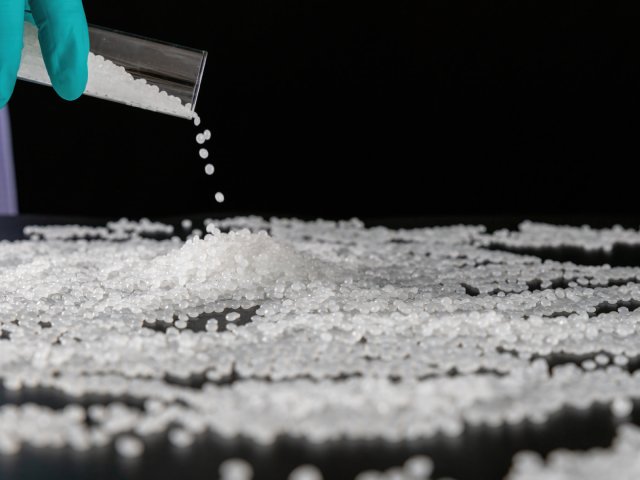

Linear low density polyethylene (LLDPE) is a versatile plastic widely used in various applications due to its unique properties and characteristics. This polymer, which is derived from the polymerization of ethylene, demonstrates flexibility, strength, and resistance to impact and punctures. It has become a popular choice in both consumer and industrial sectors. In this article, we will provide a quick guide to linear low density polyethylene, outlining its properties, uses, and benefits.
We already briefly defined LLDPE, but let’s explore the plastic a bit more. LLDPE has a low-density structure created by its molecular arrangement. Unlike traditional low-density polyethylene (LDPE), LLDPE has a linear flow of the polymer chains with shorter branches. This configuration imparts improved mechanical properties, such as enhanced tensile strength and flexibility compared to its counterparts.
Linear low density polyethylene (LLDPE) is widely recognized for its versatility, with several common applications across multiple industries.
One of the most significant uses is in the production of stretch films and wraps, which are crucial for securing and protecting goods during transportation and storage. One of the interesting facts about stretch wrap is that it protects against theft as well as shipping jostles. Also, these films provide excellent cling properties, wrapping tightly around products without the need for additional adhesives.
In addition to packaging, LLDPE is popular for producing grocery bags, retail bags, and garbage bags. Its lightweight nature and strength make it an ideal choice because it limits material usage without sacrificing usability.
The agricultural sector relies on LLDPE for a variety of applications, such as agricultural films that assist in crop protection, moisture retention, and temperature control. Specifically, LLDPE mulch films help improve soil conditions and enhance plant growth by preserving water and increasing soil temperature.
Furthermore, LLDPE finds its place in construction, where it is used for vapor barriers, insulation, and geomembrane linings. Its resistance to moisture is crucial for preventing water intrusion in building structures and ensuring the longevity and durability of construction materials.
The advantages of using LLDPE extend beyond its physical properties. One of the significant benefits is its recyclability. LLDPE can be easily recycled, allowing manufacturers to create new products without exhausting valuable resources. This aligns with increasing global concerns over sustainability and waste management.
Moreover, the adaptability of LLDPE in different conditions makes it a favored option for businesses and consumers alike. It can withstand a wide range of temperatures and exhibits excellent environmental stress crack resistance. These qualities ensure that products made from LLDPE maintain their integrity, resulting in reduced costs associated with packaging failures and product damage.
We hope you learned something interesting in this quick guide to linear low density polyethylene. Its unique combination of properties makes it an essential material for many applications, whether that’s the plastic grocery bags in your home’s drawers or the geomembrane in a landfill.
24World Media does not take any responsibility of the information you see on this page. The content this page contains is from independent third-party content provider. If you have any concerns regarding the content, please free to write us here: contact@24worldmedia.com
